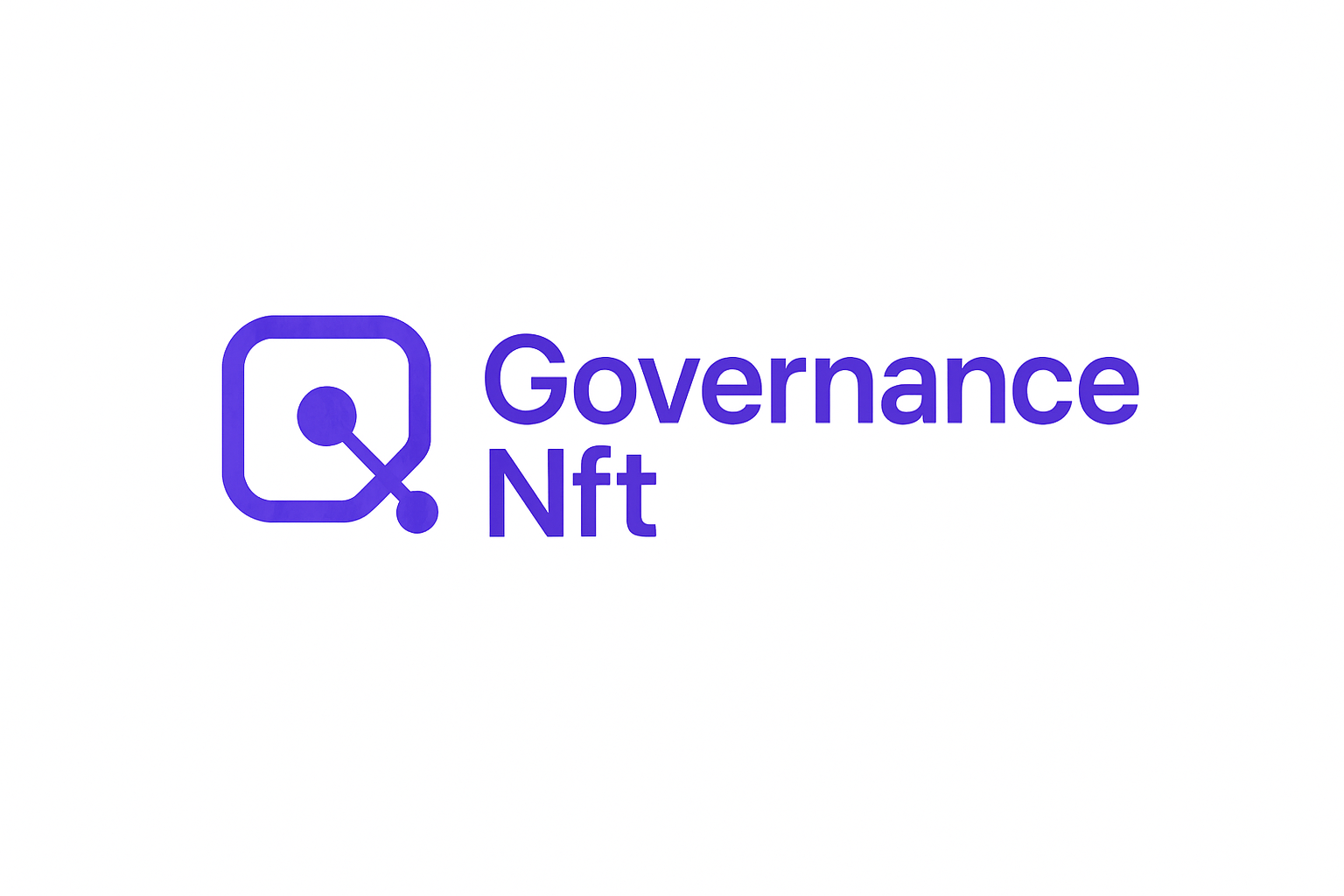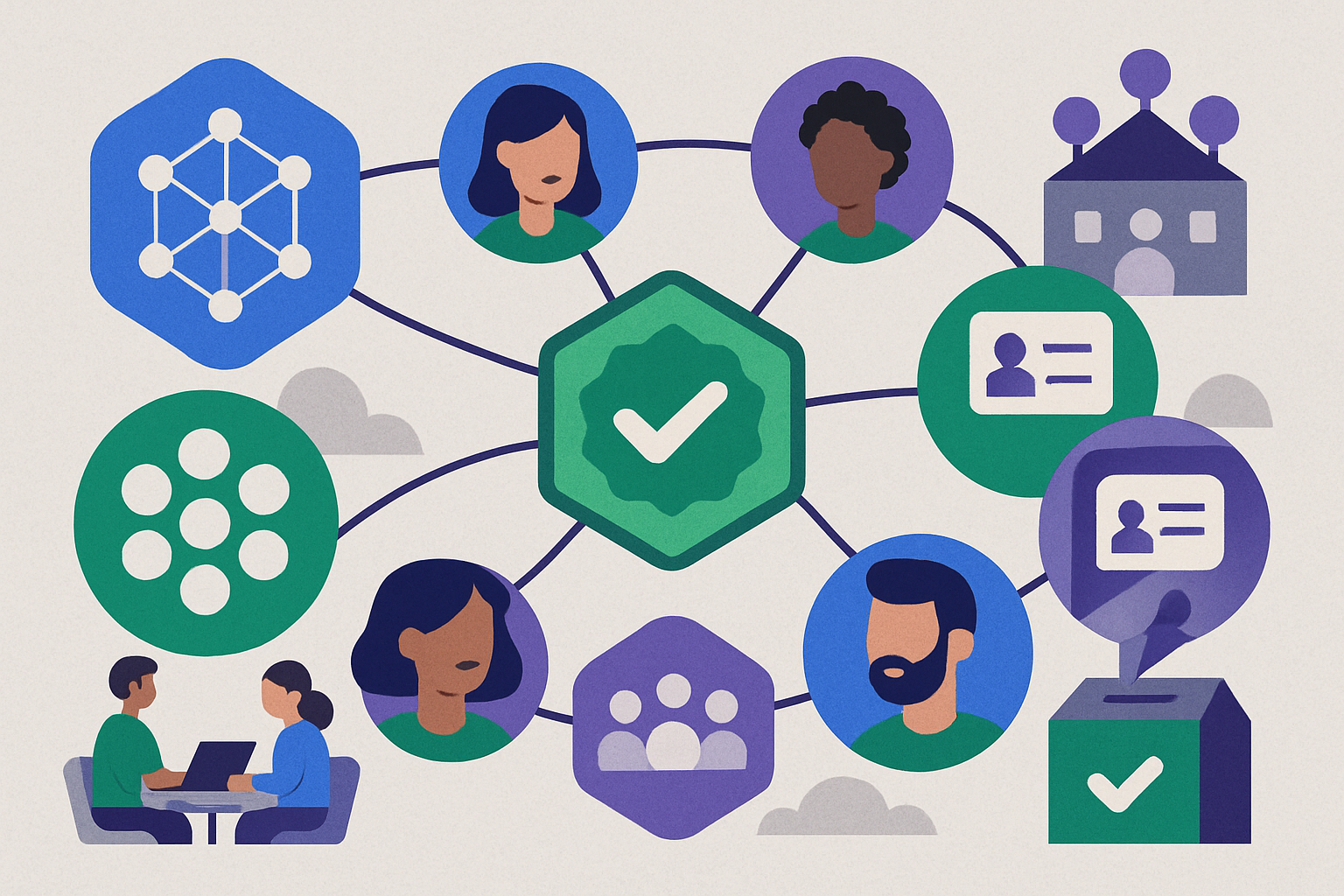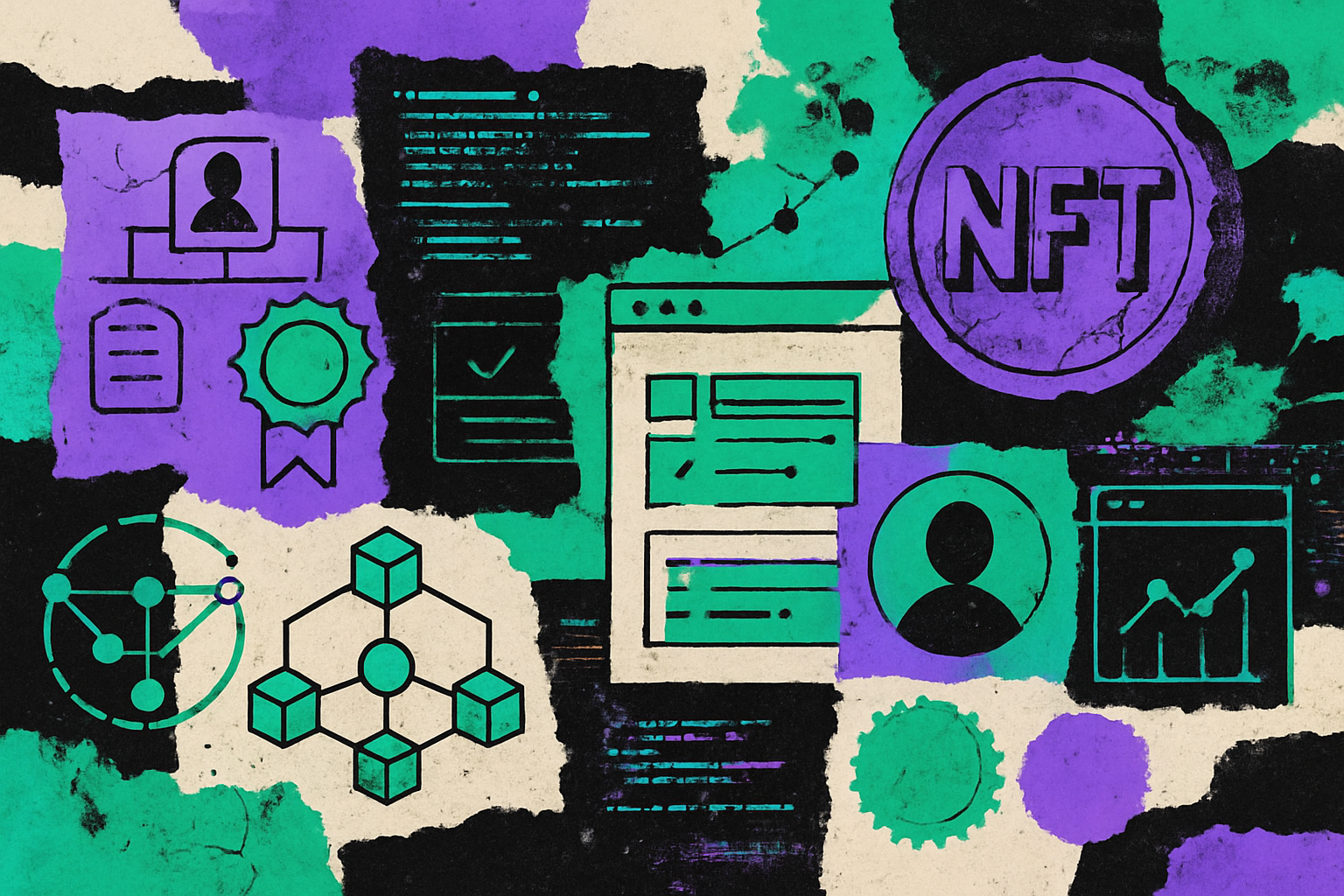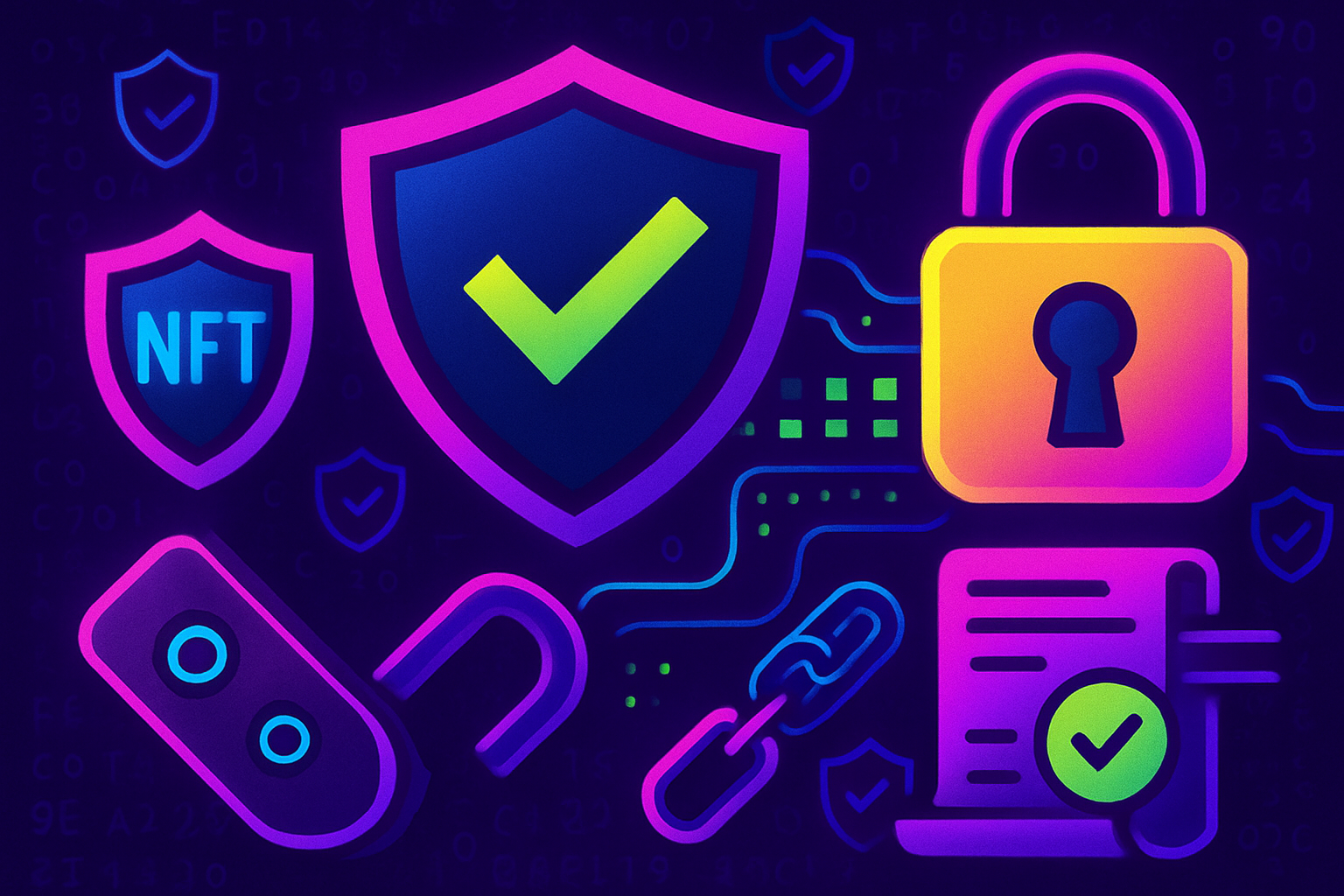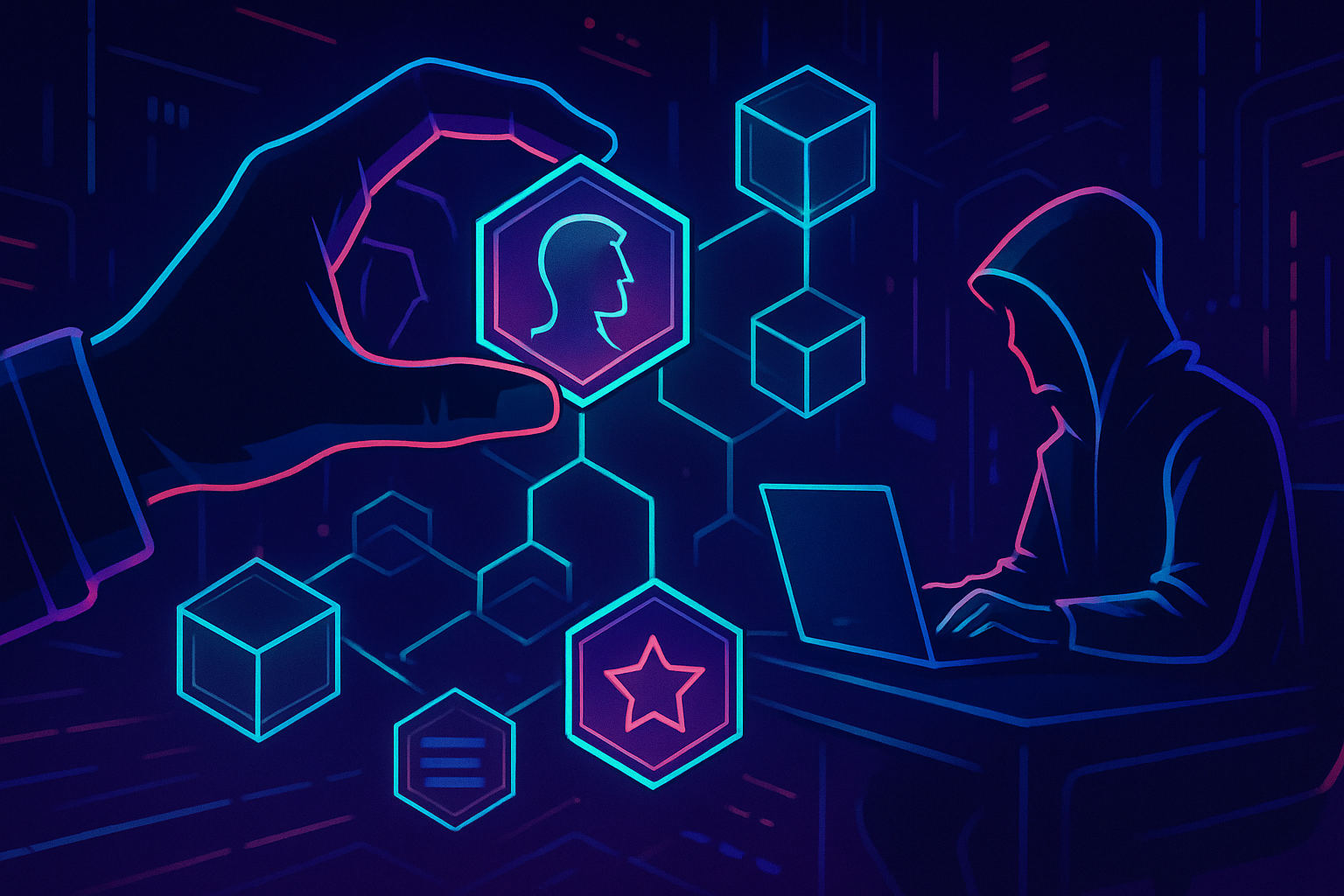
Recognizing and rewarding contributors is fundamental to the health and sustainability of any Decentralized Autonomous Organization (DAO). In today’s web3 landscape, custom NFT badges have emerged as a powerful tool for DAOs seeking to formalize incentives, showcase achievements, and foster deeper community engagement. These dynamic NFTs are more than digital collectibles: they are programmable credentials that can verify membership, signal expertise, and unlock privileges within DAO ecosystems.

Defining Objectives: Why Reward DAO Contributors with NFT Badges?
The rationale for using custom NFT badges in DAOs is multifaceted. First, badges act as immutable proof of participation or achievement. They can verify a member’s status or role – such as ‘Builder, ’ ‘Backer, ’ or ‘Community Contributor’ – and can be referenced across platforms for trustless validation. Second, badges serve as an ongoing incentive mechanism: contributors who see their efforts recognized are more likely to stay engaged and continue adding value.
According to RootstockCollective, these badges are dynamic NFTs that evolve based on user engagement, highlighting both current roles and historical impact within the DAO. This approach not only gamifies participation but also builds a transparent reputation system that benefits both individuals and the collective.
“NFT badges reflect users’ on-chain reputation, growing with active participation, and signify contributions and influence within the community. “
– DAOBadgeX via DAOBase
Establishing Badge Criteria and Tiered Progression
The next step in building an effective badge system is to define clear objectives and criteria for issuance. Typical categories include:
- Membership Verification: Badges prove verified membership status, which is crucial for secure voting processes.
- Role Assignment: Assign NFTs to denote specific responsibilities within the organization.
- Achievement Recognition: Award contributors for milestones such as successful project completions or community leadership.
- Skill Representation: Issue badges reflecting technical expertise or soft skills relevant to the DAO’s mission.
Tiers add an additional layer of motivation. For example, members might progress from ‘Apprentice’ to ‘Contributor’ to ‘Master’ based on accumulated contributions or governance activity (AFKDAO documentation). This progression should be transparent, with well-documented requirements for each level.
Key Objectives for Issuing Custom NFT Badges in DAOs
-
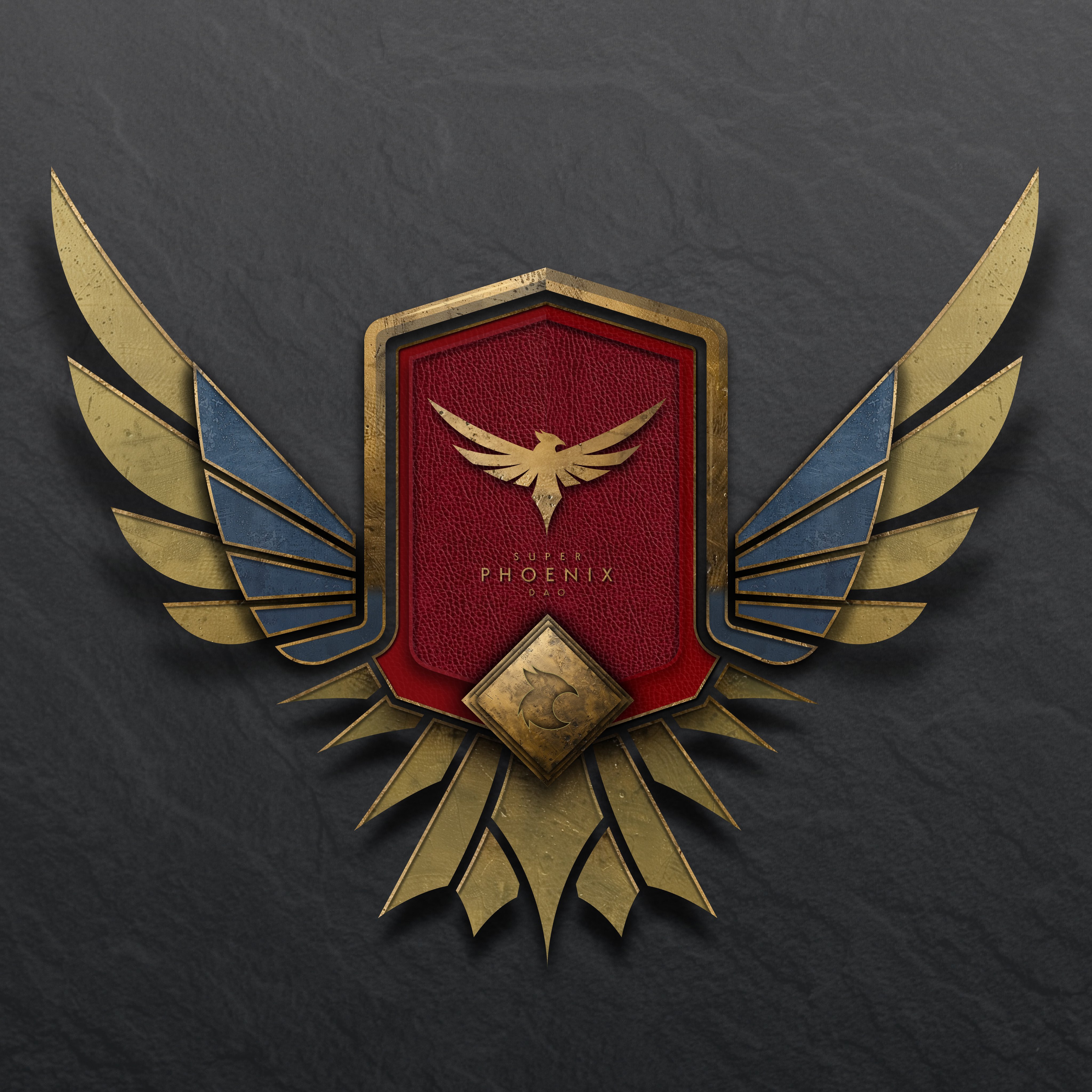
Membership Verification: Use NFT badges to confirm and distinguish genuine DAO members, enhancing security and trust within the community. (Example: EMURGO)
-
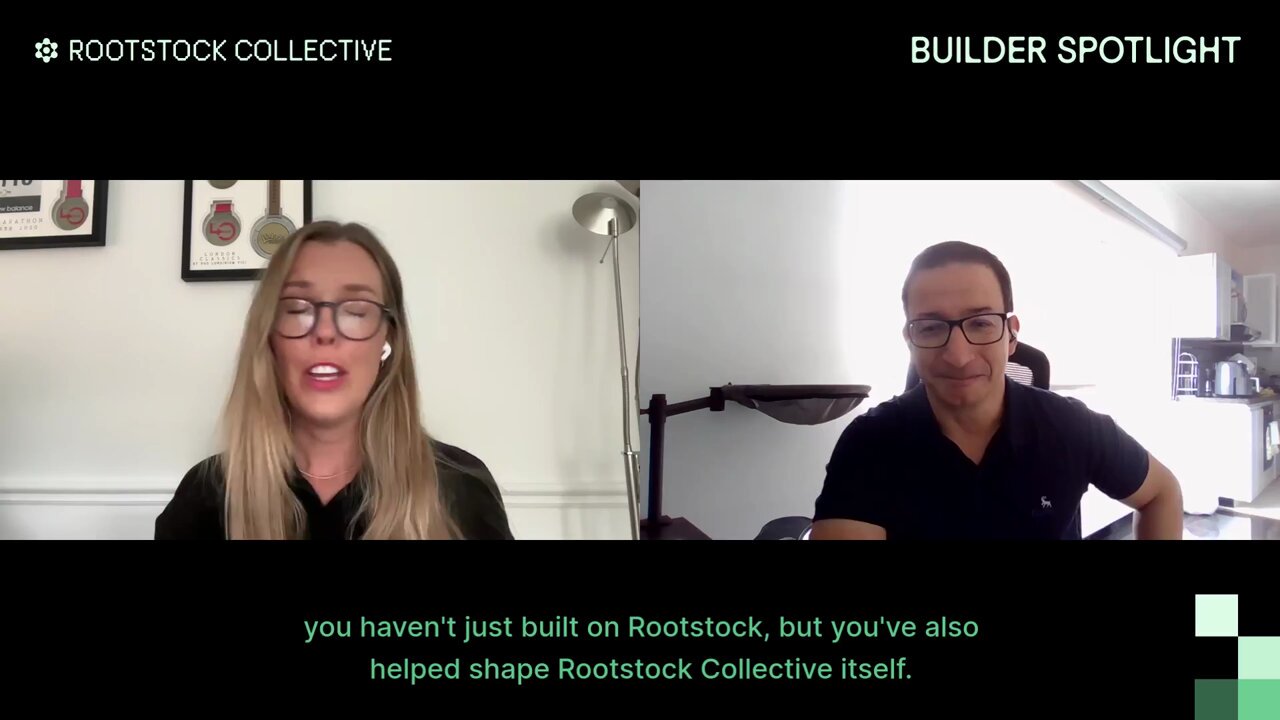
Role Assignment: Assign badges that represent specific roles or responsibilities, such as Builder, Backer, or Community Contributor, clarifying member functions. (Example: Rootstock Collective Badges)
-
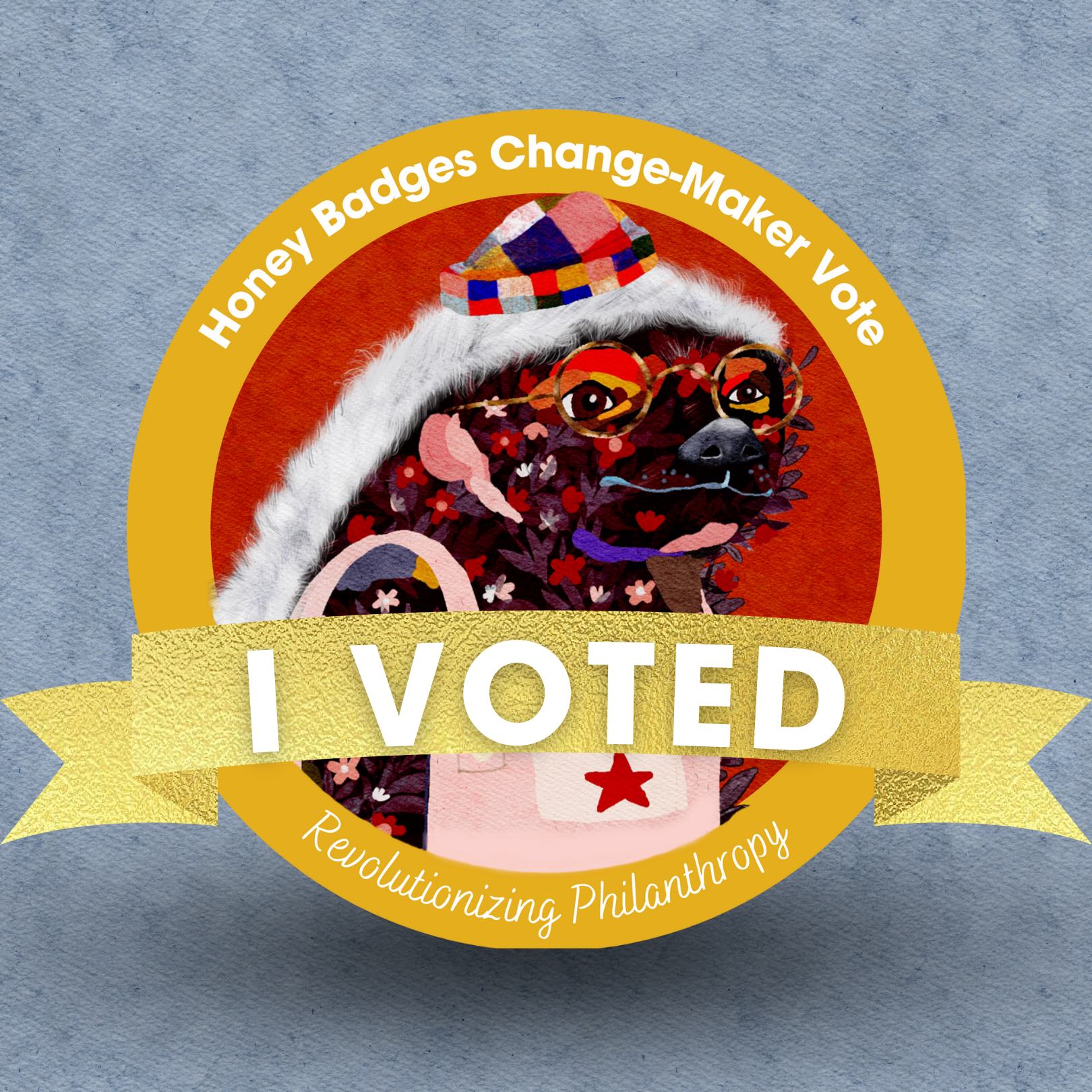
Achievement Recognition: Award badges to acknowledge milestones, significant contributions, or exceptional performance, motivating ongoing engagement. (Example: CompaneonsDAO Portals & Badges)
-
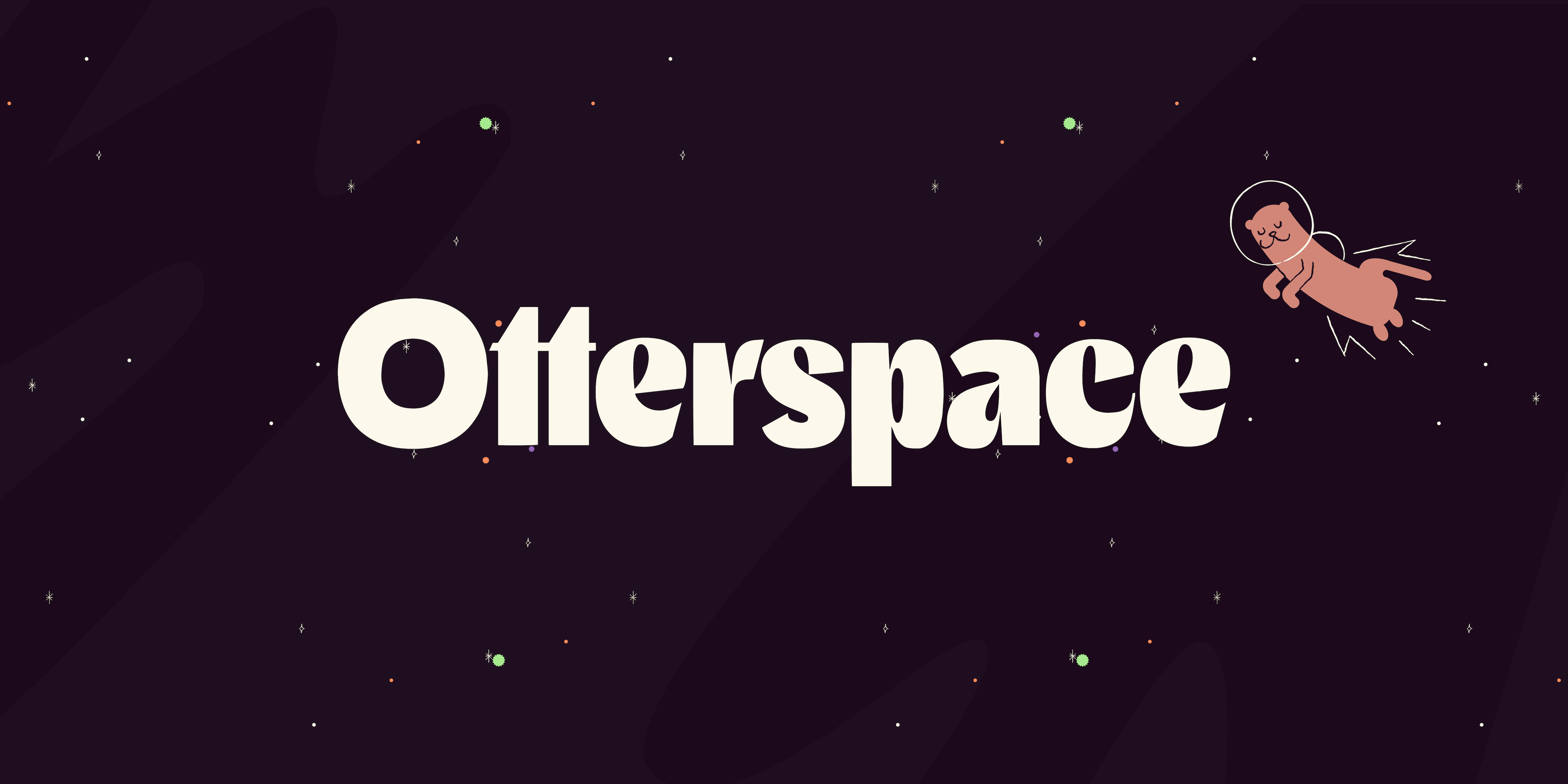
Skill Representation: Create badges reflecting members’ expertise or skill levels, such as coding proficiency or governance participation. (Example: Otterspace Soulbound Badges on Optimism)
-
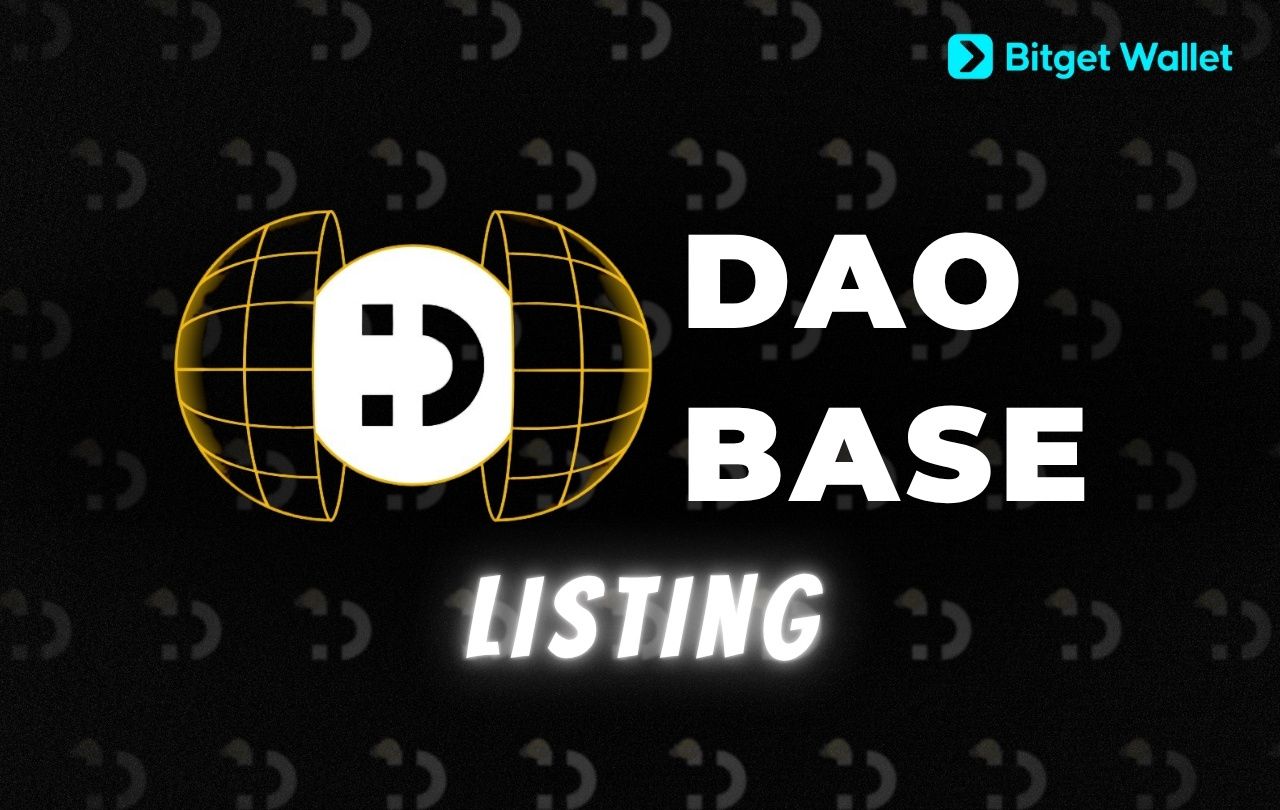
Incentivizing Participation: Use badges as access keys to special privileges, voting rights, or token rewards, encouraging active involvement. (Example: DAOBase Points & Badges)
NFT Badge Design: Metadata Matters
A well-designed badge does more than look good; it encodes critical information directly into its metadata. Each badge should specify its name, description, issuance date, criteria met, and (if applicable) expiration or revocation conditions. Collaborating with designers ensures that visuals align with your DAO’s identity while maintaining clarity about what each badge represents.
This metadata becomes especially important when integrating with external platforms or leveraging your badge system for governance rights or access control. For instance, some DAOs use soulbound tokens (SBTs) – non-transferable NFTs permanently attached to a wallet – which are ideal for immutable role assignments (CompaneonsDAO documentation). The choice between transferable ERC-721 NFTs versus SBTs depends on whether you want roles to be permanent or flexible over time.
Streamlining Badge Issuance and Management
Creating an efficient system for issuing, managing, and updating badges is crucial for scalability. Leading platforms such as Karma GAP offer tools that allow DAOs to mint and distribute badges in bulk, automate badge assignment based on smart contract logic, and even reuse templates to maintain consistency. Automation is especially powerful: it ensures that contributors are recognized immediately upon meeting criteria, reducing manual overhead and the risk of oversight.
However, not all achievements can be measured algorithmically. For subjective contributions, like outstanding community leadership or innovative problem-solving, a manual review process may be necessary. Establishing a transparent review committee with clear guidelines can help ensure fairness while maintaining the integrity of your badge system. Additionally, DAOs should define protocols for revoking badges if roles change or if misconduct occurs, reinforcing accountability within the organization.
Integrating Badges with DAO Tools and Community Platforms
The true power of custom NFT badges is unlocked when they are integrated into the broader DAO tech stack. Governance platforms can leverage badges to grant voting rights or weighted influence in decision-making processes, an approach that has gained traction in communities using dynamic NFTs to reflect real-time engagement (RootstockCollective). Communication tools like Discord or Discourse can read wallet holdings to assign roles, unlock private channels, or deliver tailored notifications based on badge status.
Some DAOs further enhance incentives by tying badge ownership to tangible rewards: token distributions, early access to new features, or entry into exclusive events. This not only motivates participation but also reinforces the value proposition of contributing meaningfully over time.
How DAOs Use NFT Badges for Governance & Incentives
-
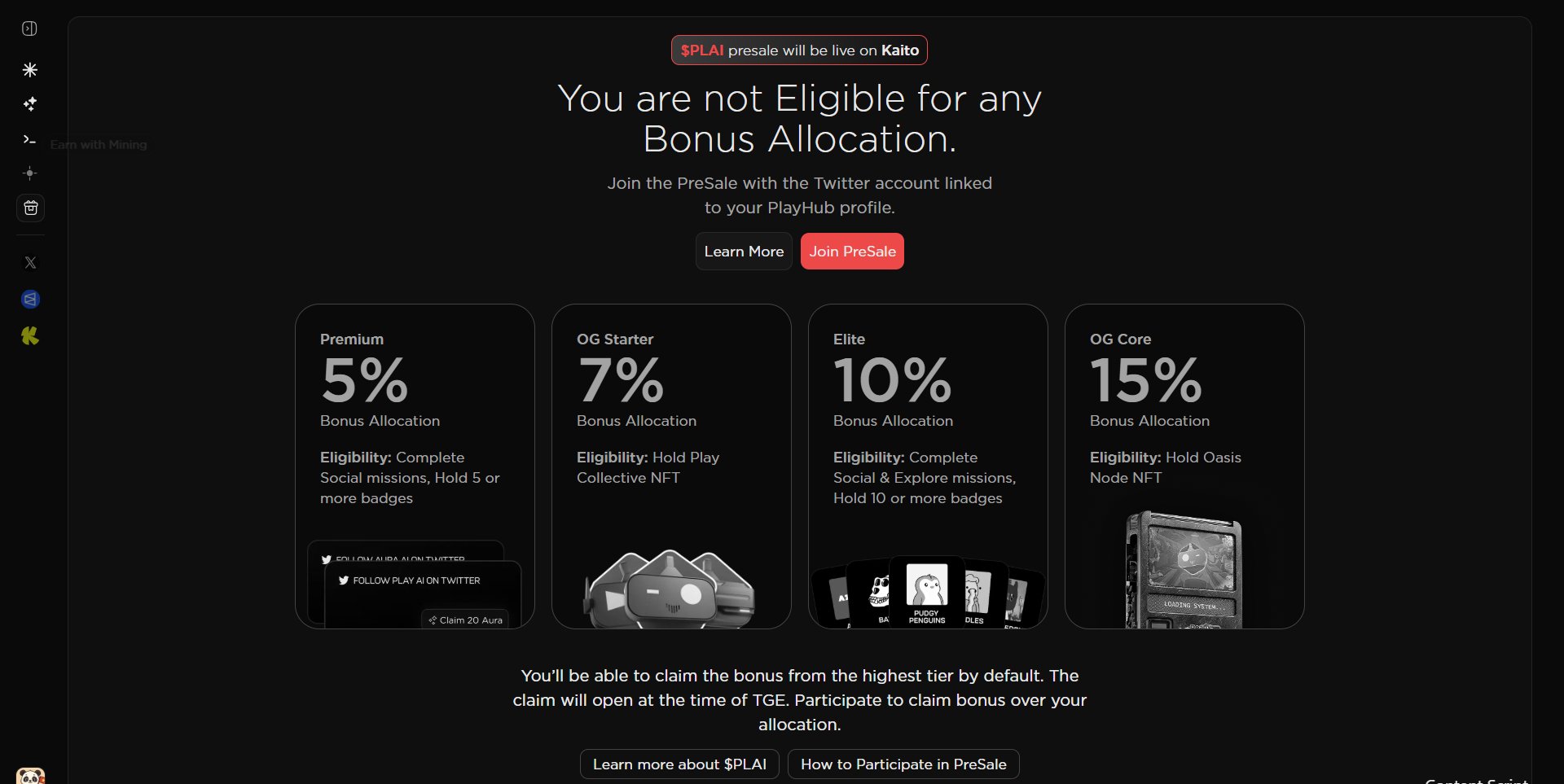
Rootstock Collective Badges: Dynamic NFT badges that represent roles such as Builder, Backer, or Community Contributor. These badges evolve with your impact and participation within the DAO, helping to visually and transparently track contributions.
-
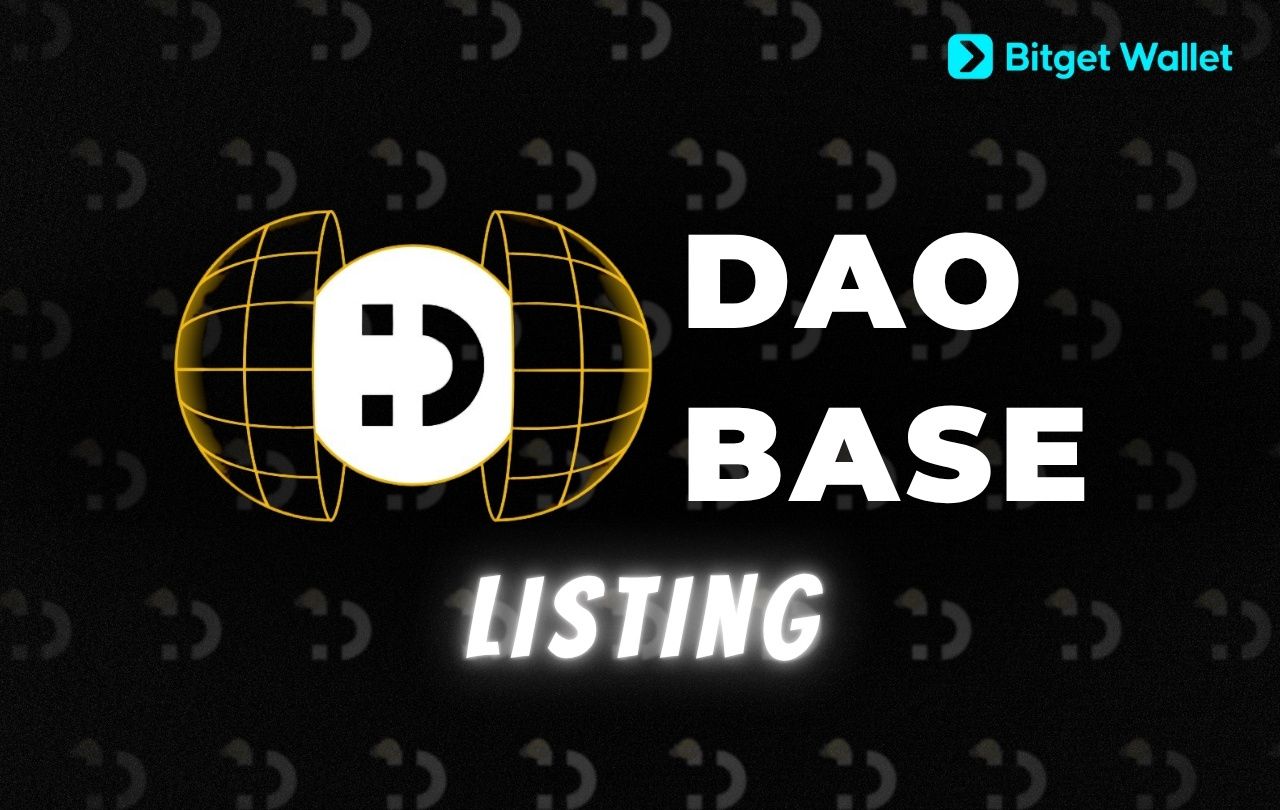
DAOBase Dynamic Badges: NFT badges on DAOBase reflect on-chain reputation and engagement. Members mint badges that evolve as they interact with DAOBase products, participate in governance, and contribute to the community.
-
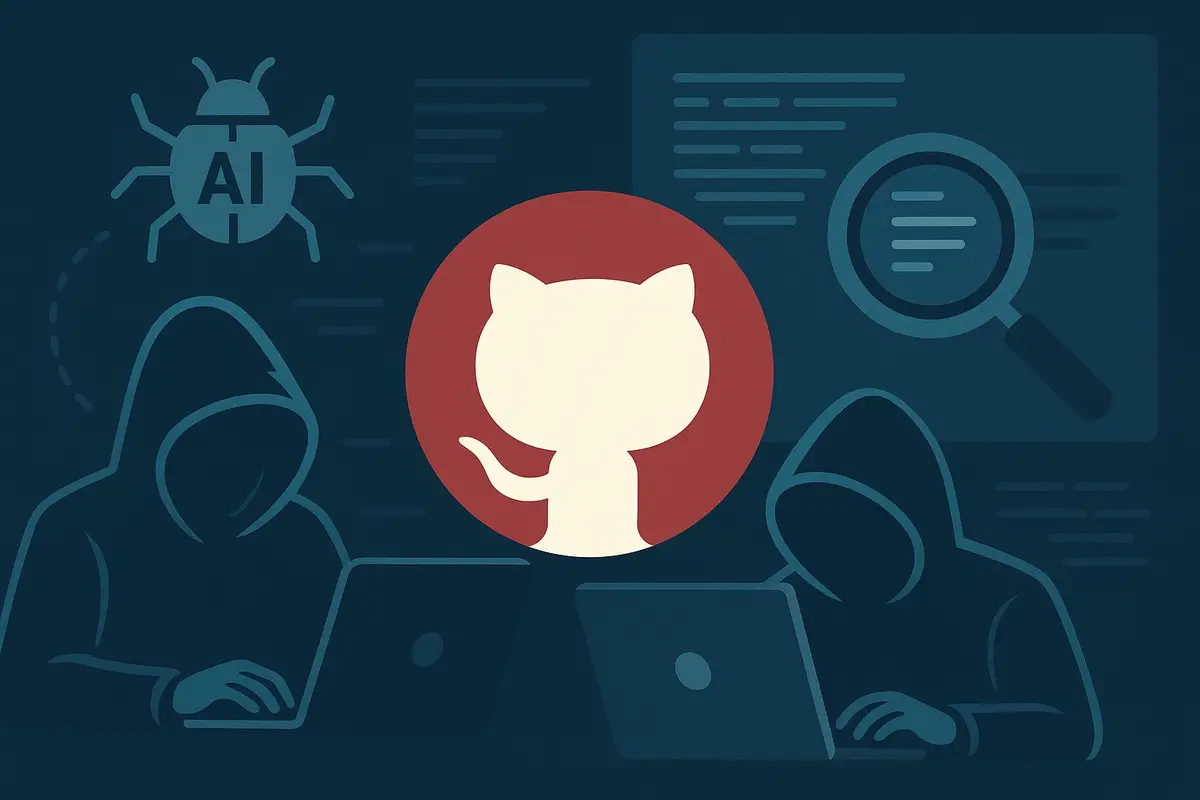
Karma GAP Contributor Badges: Karma HQ enables DAOs to bulk mint and issue custom NFT badges to recognize contributors. The platform supports one-click smart contract deployment and reusable badge templates for efficient badge management.
-
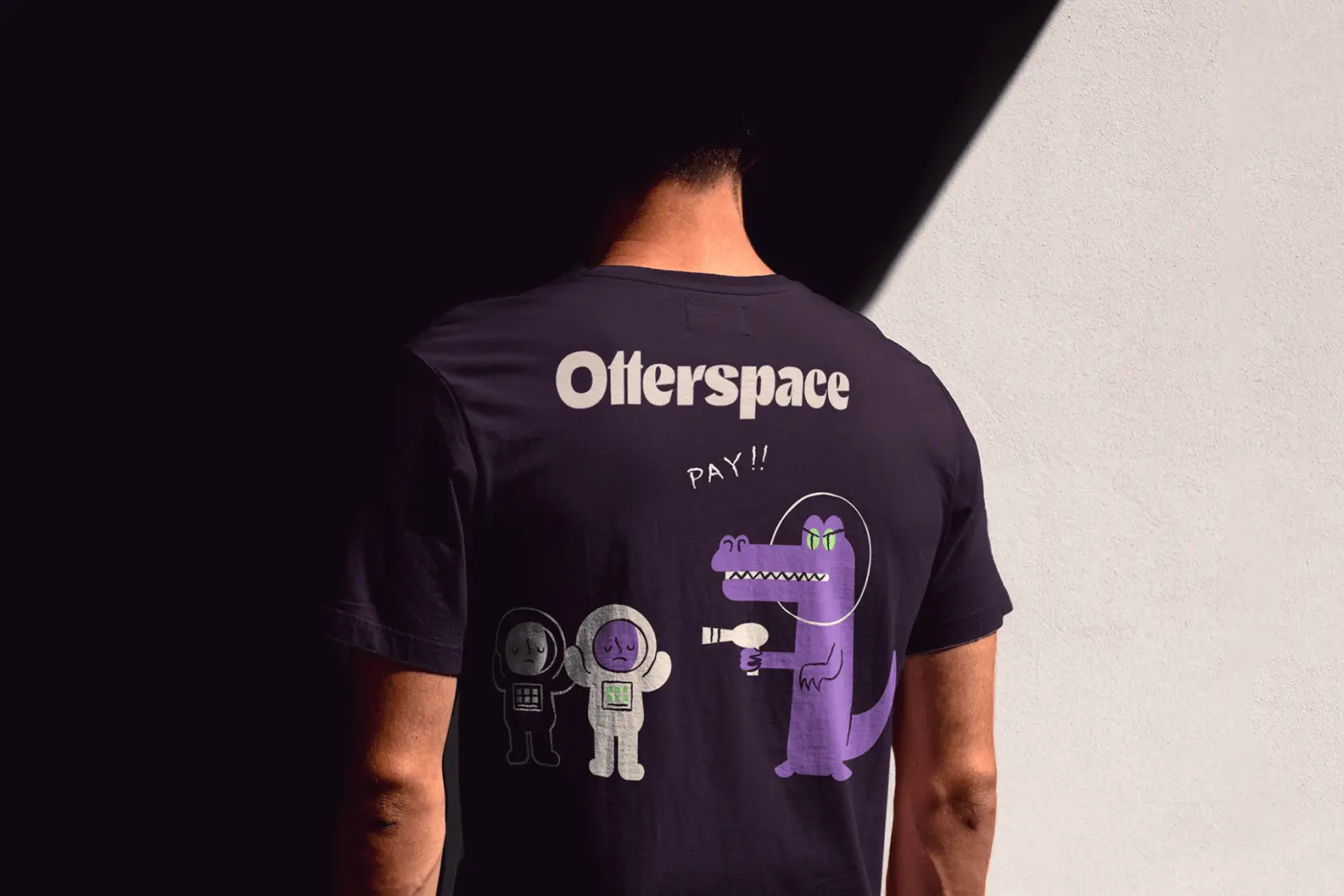
Otterspace Soulbound Badges: Otterspace provides non-transferable (soulbound) NFT badges that signify immutable roles, skills, or achievements within DAOs. These badges are used by projects like Optimism to assign and display contributor status securely.
-
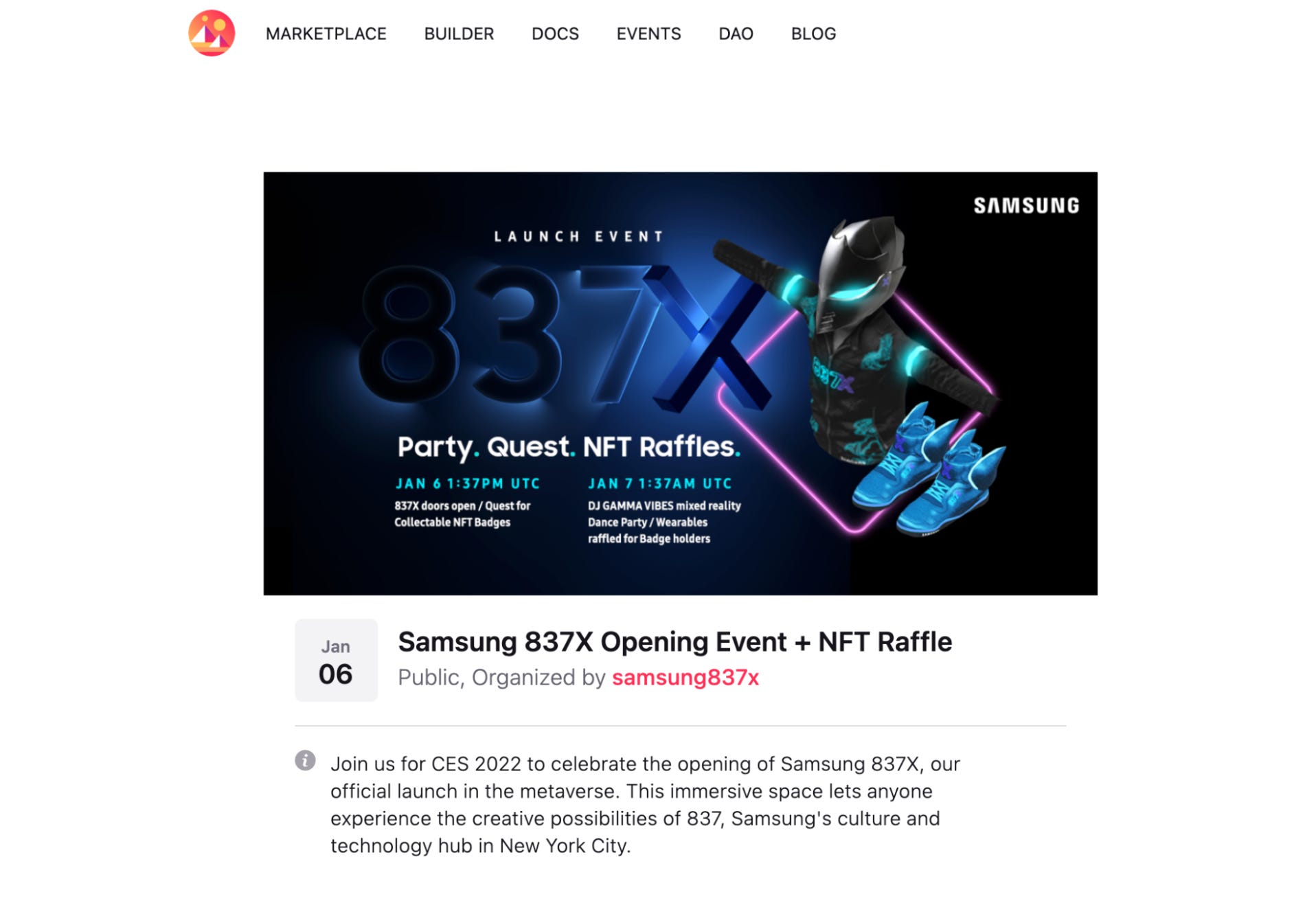
Project Galaxy (Galxe) Governance Badges: Project Galaxy collaborates with DAOs like Compound to issue NFT badges that reward active participation in governance. These badges can unlock exclusive privileges and serve as proof of engagement.
-
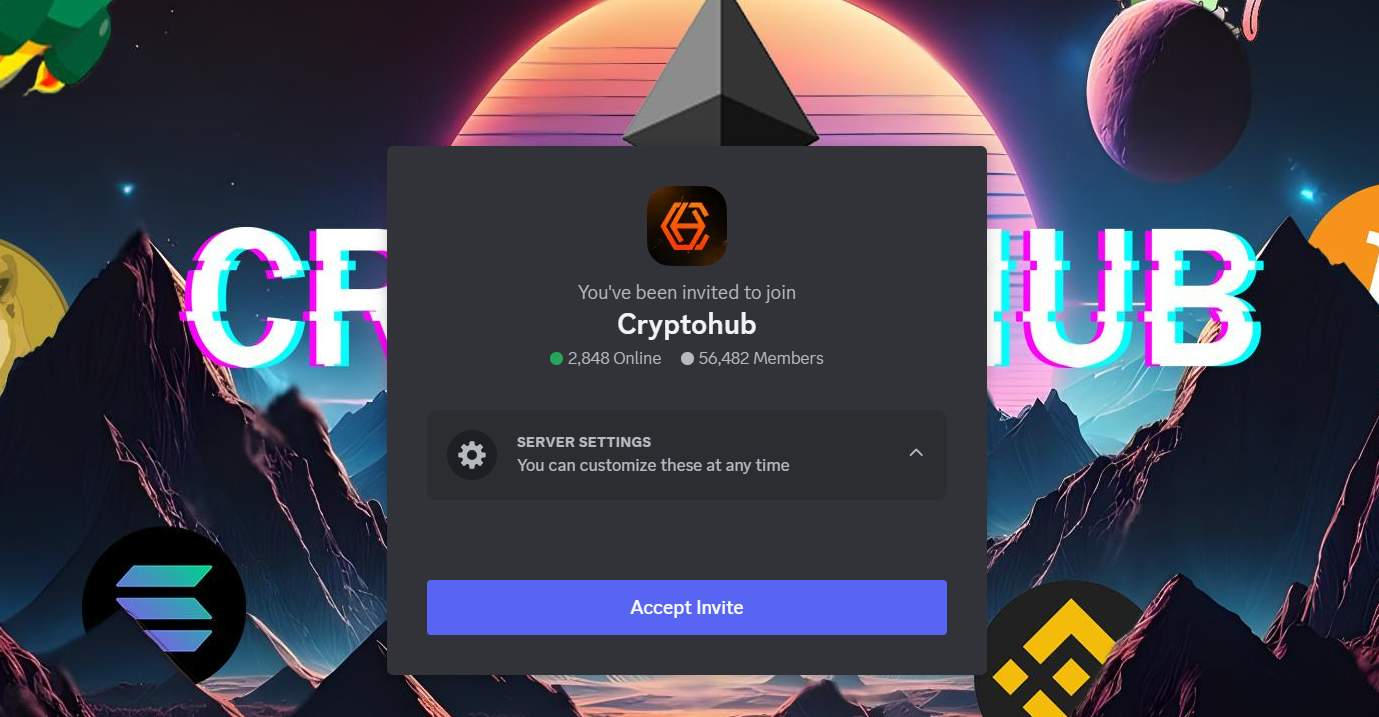
Discord & Platform Integration: Many DAOs link NFT badge ownership to access permissions in platforms such as Discord, enabling token-gated channels and exclusive community spaces for badge holders.
-

Achievement & Milestone Recognition: DAOs award badges for specific achievements—like Contributor of the Month or project completion—which can be displayed in member profiles and used to unlock further incentives or voting rights.
-
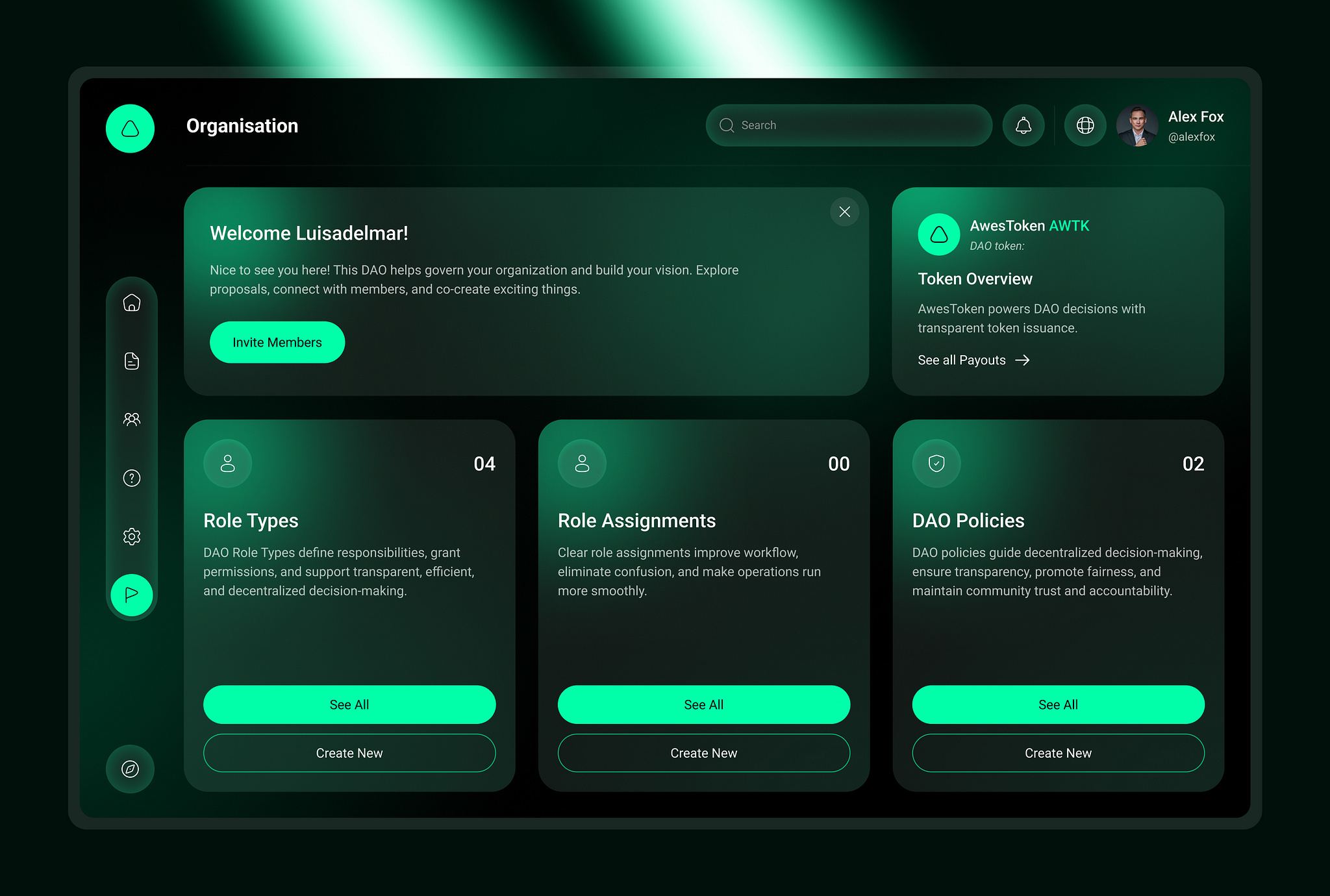
Tiered Progression Systems: Some DAOs implement badge tiers (e.g., Apprentice, Contributor, Master) to incentivize ongoing participation and make advancement criteria transparent to all members.
Communicating Value and Driving Engagement
No matter how robust your technical implementation is, its impact will be limited without clear communication. Detailed documentation should outline how members earn badges, what each badge signifies, and how they can leverage them within the DAO ecosystem. Regular community announcements, highlighting new badge recipients or changes in criteria, keep members informed and engaged.
Public recognition is a powerful motivator; spotlighting contributors who achieve new tiers or receive rare badges fosters a culture of appreciation and healthy competition. Gamified elements like leaderboards or seasonal challenges can further boost engagement by providing ongoing goals for contributors at all levels.
Measuring Impact and Iterating on Your Badge System
The landscape of DAO incentives is constantly evolving. To ensure your badge program remains effective:
- Collect regular feedback: Use surveys or open forums to gather insights from contributors about what’s working, and what isn’t.
- Track key metrics: Monitor participation rates before and after badge launches; analyze which types of badges drive the most activity.
- Refine criteria: Adjust requirements as your DAO matures to keep badges aspirational yet attainable.
This data-driven approach allows you to fine-tune both technical parameters (such as automation logic) and social dynamics (such as recognition practices), maximizing both fairness and motivation across your contributor base.
The Future of DAO Incentives: Beyond Simple Rewards
The next wave of innovation will see NFT badges become even more dynamic, evolving alongside member activity or unlocking privileges across multiple ecosystems through interoperability standards. As decentralized organizations continue to experiment with reputation systems and non-financial incentives, expect custom NFT badges to play an increasingly central role in shaping transparent, meritocratic communities where every contribution counts.
